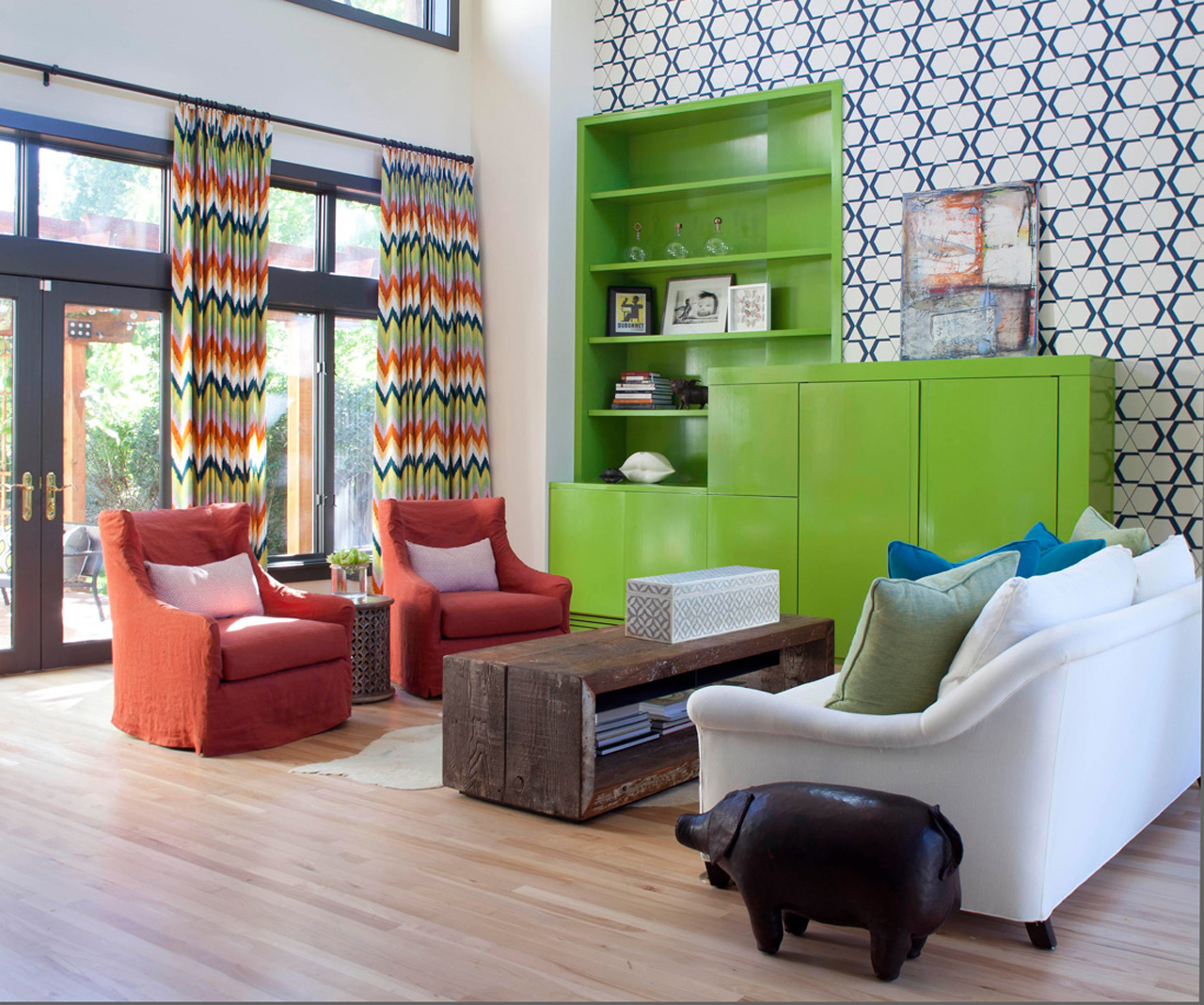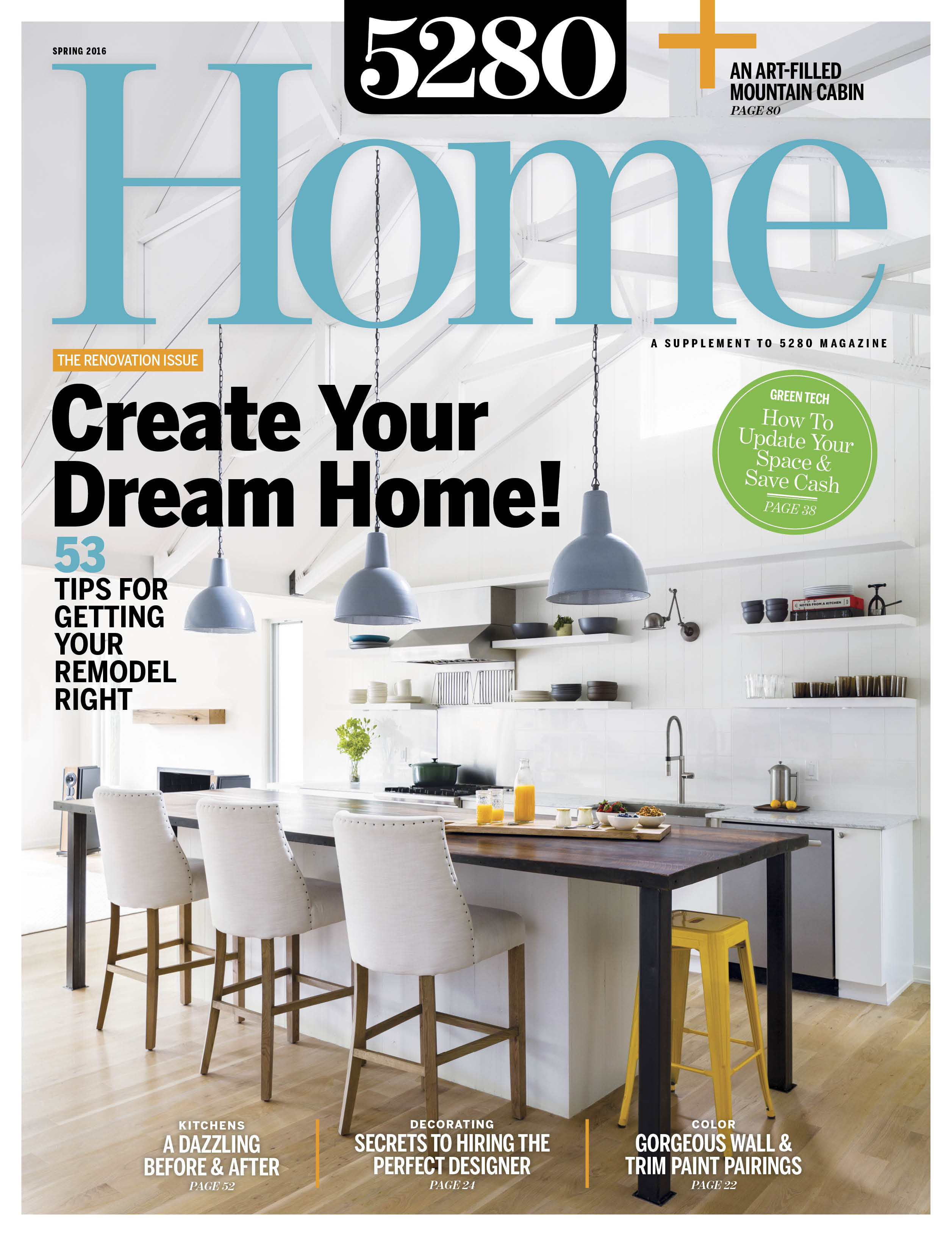The Local newsletter is your free, daily guide to life in Colorado. For locals, by locals.
Know Your Style
Settling on the right interior designer starts with knowing what you want. Grab a cup of coffee and scan magazine racks, Pinterest, and houzz.com. Pull together a stack of images you like, from overall room designs to specific pieces of furniture. Even if you’re not exactly sure what your style is, a good designer will be able to scan through those tear sheets and help you define your look.
Pick Up The Phone
Drawn to a room you saw in a local design magazine (ahem, 5280 Home)? Did a Google search pull up an appealing designer portfolio? Make a quick call to find out if the designer is available and willing to work within your job’s budget and scope. Erin Iba of Iba Design Associates says a good opening question is, “What is the typical size and scale of projects you take on?” It’s an easy way to whittle down your list.
Money Matters
Most designers use one of two billing formulas: a flat-rate service fee or an hourly charge, plus the cost of furniture and other design elements. Know your budget—whether it’s $5,000 or $200,000—and tell the designer up front. The more he or she knows, the better the end result. And don’t be afraid to call someone you think is out of your budget: The designer may be playing a waiting game with another project and have some time to take on your quick living room update.
Hand It Off
Free designer matchmaking services, such as those offered by the Denver Design District and Designer Premier, do a lot of the heavy lifting for you. “I take the personality piece, scope, aesthetic, and budget and narrow it down to two or three different designers who I think are going to be a great fit. Then I set up interviews,” says Designer Premier owner Marina Dagenais. All you have to do is show up.
Sit Them Down
A face-to-face interview is key. “A lot of it has to do with the chemistry,” says Barbara Bork, owner of Lola Gray Home & Design. “The most important thing is that you enjoy working with your designer.” Dagenais agrees: “It has to be comfortable enough that you’d be able to tell a designer ‘no.’?” This meeting helps designers gauge whether the project is a good fit for them, too. Says John Moinzad, principal at Thorn & French: “If we feel like it’s not going to be a beneficial match, we’re not ashamed to introduce them to somebody else.”
Ask Around
“Always ask to speak with some of their clients,” Iba says. She suggests questions such as: How did the process go? How smoothly did delivery and invoicing go? If their responses confirm your gut feeling that this is the designer for you, go for it.









